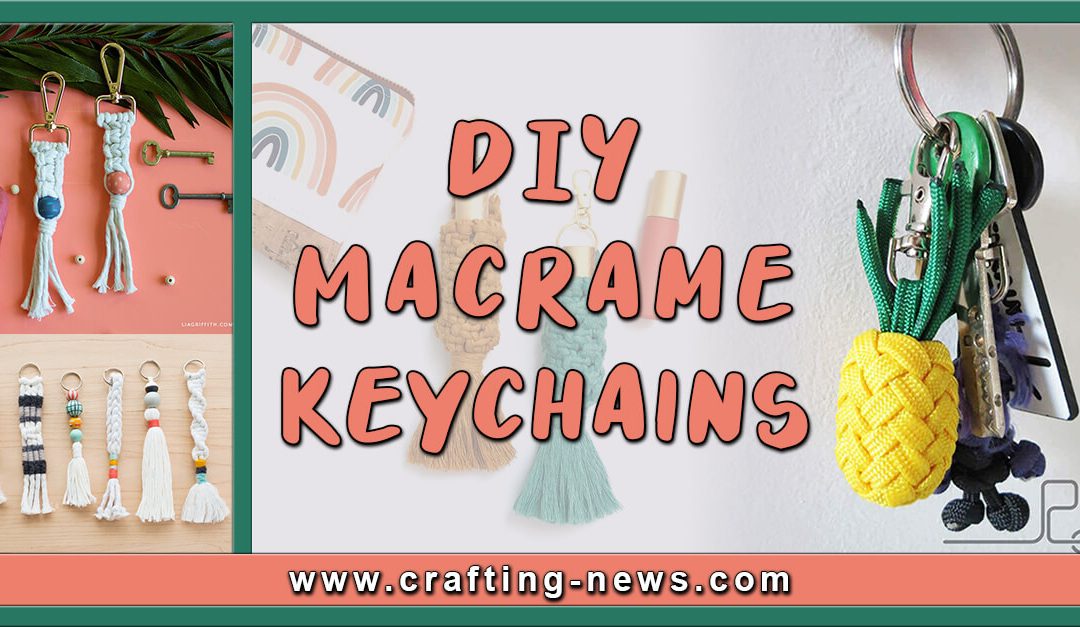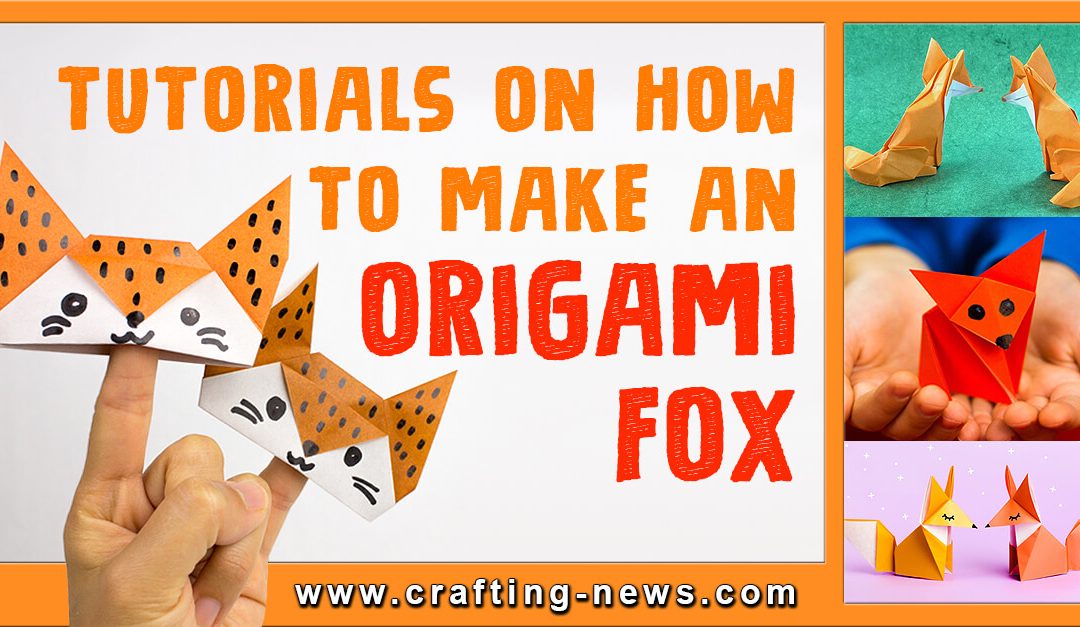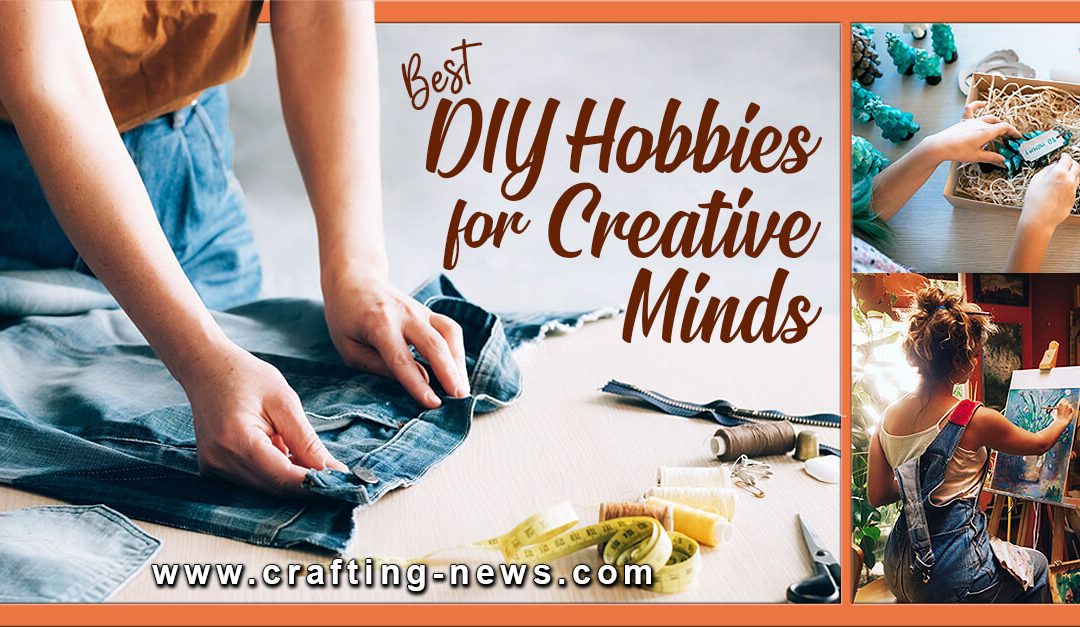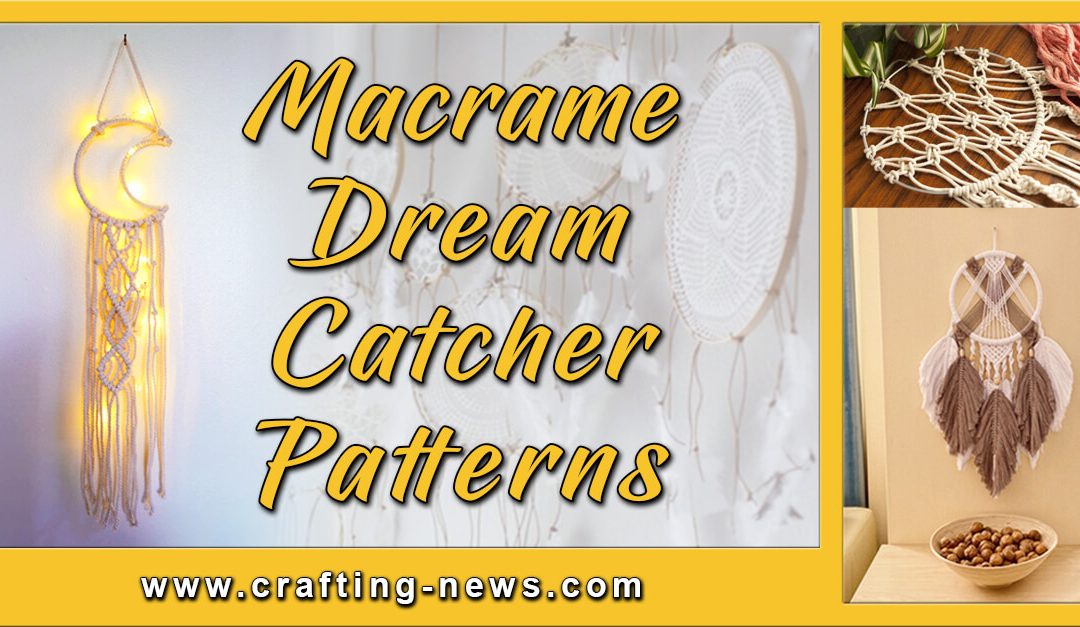Choosing a sewing machine can be stressful. There are so many types of sewing machines it can be hard to know which machine is the best one for you. Knowing exactly what you are looking for beforehand will make the process quicker and easier.

Understanding what types of projects you will be sewing, will be crucial for choosing your machine. If you do not know what all you will be sewing, you will want to purchase a sewing machine that can handle all types of jobs.
There are two major types of sewing machines. These are domestic and industrial.
Domestic Sewing Machines

Domestic sewing machines were designed for home use. They often have several stitch options and can handle different types of fabrics. A good quality domestic sewing machine can run anywhere from $100 to $700. A high-quality machine can cost more.
Domestic sewing machines are often smaller, lighter and less sturdy than industrial machines. They were not designed to handle rigorous constant use. If you use a home sewing machine for too long, the motor can overheat.
Many domestic sewing machines can be used for several purposes, unlike industrial sewing machines. This gives the home sewer the ability to complete a wide variety of sewing tasks with one machine.
1. Portable or Handheld Sewing Machine
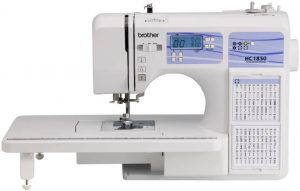
Portable sewing machines are the simplest types of sewing machines. They are often purchased for children who want to learn to sew. Or for those who need to make simple repairs or need to take a sewing machine on the road.
Being lightweight and portable these machines are great when you need a machine that you can take anywhere. Handheld sewing machines are intended for quick small repairs, not serious use.
Pros and Cons of a Portable or Handheld Sewing Machine
Pros:
- Lightweight
- Portable
- Inexpensive
- Perfect for beginners
- Good for small repairs
- Easy to store
- Make a good backup sewing machine
Cons:
- Do not have many stitch options
- Often have no special features
- Cannot handle heavy-duty fabrics
- Are not good for quilting
- Stitches are not always precise
- Slow sewing speed
- Are known to have tension issues
If you are looking for a portable sewing machine, check out our list of the best portable sewing machines.
2. Manual Sewing Machine
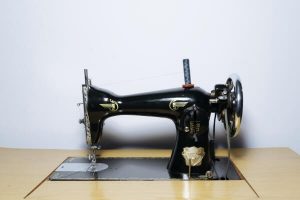
A manual sewing machine is the old-fashioned sewing machine. They were the only type of sewing machines available before electricity. These sewing machines have a handwheel that must be turned to create the stitches. There is not a motor, so there is no need for electricity. They are sturdy and many are now collectors’ items.
Pros and Cons of a Manual Sewing Machine
Pros:
- You do not need electricity
- Collectable
Cons:
- Jam easily
- Must manually move needle
- Inconvenient
- Can be very large and heavy
3. Electronic Sewing Machine
An electronic sewing machine has a foot pedal that powers the motor. With most electronic sewing machines, the pressure you put on the pedal regulates the speed of the motor. Which in turn controls how fast you can sew. These types of sewing machines often have many special features.
Electronic sewing machines are a good choice for the everyday home sewer and those learning how to sew.
Pros and Cons of a Electronic Sewing Machine
Pros:
- Most are affordable
- Good for beginners and experts
- Good for small repairs and larger projects
- Have special features
- Often have many stitch options to choose from
- Certain models can sew heavy duty fabrics
Cons:
- Can be heavy
- Are not portable
- Are not always the right choice for quilting
- Stitches are not always precise
- Have dials and knobs to choose stitches
4. Mechanical Sewing Machine
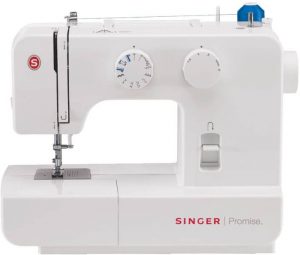
Mechanical sewing machines usually only have a few stitch options. It has a foot pedal and a switch to turn it on or off. Stitch length and width are chosen by the turning of a dial or a knob.
The stitches created with a mechanical sewing machine are not always precise. These types of sewing machines are often used for making simple projects and mending clothing.
Pros and Cons of a Mechanical Sewing Machine
Pros:
- Most brands are affordable
- Can be used by beginners and experts
- Great for small repairs and crafting projects
- Often have many stitch options to choose from
- Certain models can sew heavy duty fabrics
Cons:
- Can be heavy
- Are not portable
- Usually on have a few stitch options
- Little to no special features
- Are not always the right choice for quilting
- Stitches are not always precise
- Have dials and knobs to choose stitches
5. Computerized Sewing Machine

Computerized machines produce stitches that are more precise than the other machines. To choose the stitches you do not have to mess around with dials or knobs. Instead, you can easily make all your choices on an LCD screen.
Some computerized sewing machines have a USB port and built-in wi-fi so you can download new stitches and patterns. These types of sewing machines are good for experienced sewers.
Pros and Cons of a Computerized Sewing Machine
Pros:
- Stitches are more precise
- Can be used by beginners and experts alike
- Can be used for many different projects.
- Unusually have several special features
- Have a lot of stitch options
- Certain models can sew heavy duty fabrics
- Often make great quilting machines
Cons:
- Can be heavy
- Are not portable
6. Embroidery Sewing Machine
There are “embroidery-only” machines. These sewing machines cannot do the work of a regular sewing machine. An embroidery sewing machine is exclusively dedicated to embroidery.
Embroidery can add a visual appeal to your projects. These machines vary in price depending on the options and the size of the embroidery it can do.
Pros and Cons of a Embroidery Sewing Machine
Pros:
- Add visual appeal
- Create one-of-a-kind designs
- Make perfectly stitched appliques
- Can add a personal touch
- Often have access to thousands of designs
- Can duplicate antique designs
Cons:
- Can be heavy
- Cannot be used as a regular sewing machine
- Can be pricey
- Sizing design options can be limited
7. Quilting Sewing Machine
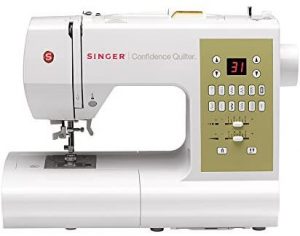
A quilting sewing machine makes it easy to sew large volumes of fabric. It is heavy duty and can handle several layers of thick fabric at once. If you make a lot of quilts, you will probably want to invest in a quilting machine. If you also sew a lot, you can buy a combination quilting and sewing machine.
Pros and Cons of a Quilting Sewing Machine
Pros:
- Makes quilting easier and faster
- Can handle several layers of fabric with ease
- Most can be used as a regular sewing machine
- Have a lot of stitch options
- Machine made quilts are stronger
Cons:
- Are bulky and heavy
- Can be pricey
- Can be hard to learn
Here’s everything you need to know about the best sewing machine for quilting here.
8. Heavy Duty Sewing Machine
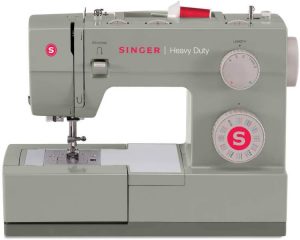
If you are sewing thick heavy weight fabric you will need a heavy duty sewing machine. These machines can handle tough jobs that can put a strain on regular sewing machines. These types of sewing machines are good for sewing denim, leather, suede and canvas.
Pros and Cons of a Heavy Duty Sewing Machine
Pros:
- Makes sewing heavy duty fabric easy
- Can handle larger projects
- Are usually sturdy and have a metal frame
Cons:
- Are bulky and heavy
- Can be pricey
- Often have limited features
- Have fewer stitch options
Check out our list of the best heavy duty sewing machines here.
Industrial Sewing Machines
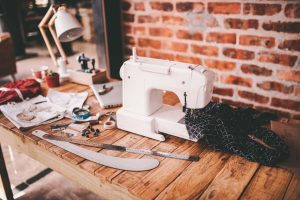
Industrial sewing machines are usually used in factories that mass-produce clothing and other sewn products. They have been built to last and handle a lot of abuse. They are typically much more expensive and bigger than domestic machines.
Most industrial sewing machines only perform one single stitch or function. The stitches that are produced are high quality and professional. They are fast and tough. A good quality industrial sewing machine will cost you more than $1000.
Industrial sewing machines have a motor that is larger, stronger and more powerful than those in regular sewing machines. This gives them the ability to sew several layers of heavy duty fabric at one time.
They are also capable of sewing at high speeds which speeds up production. They are able to endure continuous use without overheating or malfunctioning.
1. Flat Bed Sewing Machine
A flat bed sewing machine has a large flat bed. Their main purpose is connecting long flat pieces of fabric together with a professional seam. They were designed for speed and accuracy. They are used in many industrial settings. The finished seams look clean and professional.
Pros and Cons of a Flat Bed Sewing Machine
Pros:
- Can sew flat pieces together quickly
Cons:
- Usually have one stitch option
2. Post Bed Sewing Machine

Post bed sewing machines are used when sewing three-dimensional items. These types of sewing machines give extra space, so the seamstress can manoeuvre the items easily. The raised column engages the needle above the surface of the bed.
Pros and Cons of a Post Bed Sewing Machine
Pros:
- Gives the seamstress extra room
- Good for sewing problematic items
Cons:
- Not a good choice for a regular sewing machine
3. Cylinder Bed Sewing Machine
The bed of the cylinder bed sewing machine is in the shape of a cylinder. It was designed for sewing items that are cylindrical or tubular such as hats, bags and cuffs. Cylinder bed sewing machines come in various sizes.
Pros and Cons of a Cylinder Bed Sewing Machine
Pros:
- Make sewing cylindrical objects easier
- Get even stitches
Cons:
- Cannot sew flat objects
- Cannot be used as a regular sewing machine
- Comes in various sizes
4. Long-arm Sewing Machine
A long-arm sewing machine is comparable to the flatbed sewing machine. However, the long-arm sewing machine has a long bed. This bed gives the seamstress the ability to work on large items such as tents, awnings, umbrellas and upholstery.
Pros and Cons of a Long-arm Sewing Machine
Pros:
- There is a lot of room to work
- Can sew large objects easily
Cons:
- Are large and heavy
5. Buttonholing Sewing Machine
Buttonhole machines can create the perfect buttonhole using a lockstitch or a chain stitch. They can hold the fabric firmly creating a flawless buttonhole. These machines are often used in industrial settings where countless articles of clothing are made daily.
Pros and Cons of a Buttonholing Sewing Machine
Pros:
- Make the perfect buttonhole
- Create strong buttonholes
Cons:
- Cannot be used as a regular sewing machine
6. Button Attachment Sewing Machine
A button attachment sewing machine is used to attach buttons. These are used in industrial settings where thousands of buttons are applied to clothing daily. Everyday home sewers do not need a button attachment machine. You can simply attach buttons with a chain stitch or lockstitch.
Pros and Cons of a Button Attachment Sewing Machine
Pros:
- Can sew on buttons quickly
Cons:
- Cannot be used as a regular sewing machine
7. Lockstitch Sewing Machine
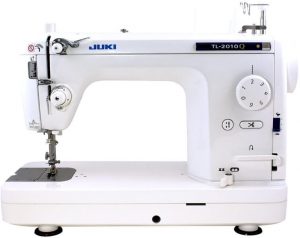
The most frequently used stitch is the lockstitch. It can be used with most fabrics. This stitch is available on most sewing machines. The lockstitch sewing machine has been specifically designed for creating these stitches. These machines normally have one or two needles.
Pros and Cons of a Lockstitch Sewing Machine
Pros:
- Creates the perfect lockstitch
Cons:
- Is not for the everyday sewer
- Do not have any other stitch options
8. Bar-Tacking Sewing Machine
Bar tacking is used to reinforce fabrics and make them stronger. Bar tacks are used on areas of fabric that experience extra wear and tear. They are usually used on collars, pockets, buttonholes and belt loops. Everyday home sewers can provide extra strength to their clothing by using a zig-zag or whip stitch.
Pros and Cons of a Bar-Tacking Sewing Machine
Pros:
- Reinforces the fabric
Cons:
- Cannot be used as a regular sewing machine
9. Double-Needle Sewing Machine
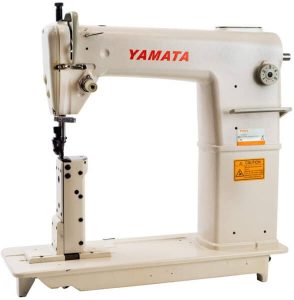
Double-needle sewing machines have two needles and two bobbins. They are often referred to as twin needle lockstitch machines. Double-stitching is often for decorative purposes. They create parallel stitches that have the perfect distance between them.
Pros and Cons of a Double-needle Sewing Machine
Pros:
- Perfectly spaced stitches
Cons:
- Cannot be used as a regular sewing machine
10. Overlocker Sewing Machine
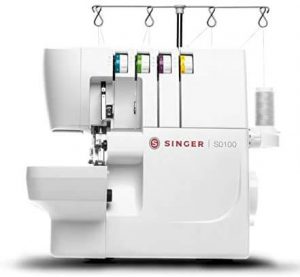
An overlocker sewing machine is used to create mistake-free edges. These types of sewing machines were designed to make finished products look professional. They are not for sewing complete projects.
Pros and Cons of a Overlocker Sewing Machine
Pros:
- Makes your finished project look professional
Cons:
- The more threads and loops, the higher the cost of the sewing machine
Although domestic sewing machines are not as heavy duty as industrial sewing machines, they often have the same capabilities.
For the everyday home sewer, you do not have to go out and spend a lot of money on specialized machines. For example, you do not need to buy a buttonholing sewing machine. Most domestic types of sewing machines have the function built in.
Now, you won’t be stress out choosing which types of sewing machine to use for your next project.
When choosing your sewing machine, take into consideration all the functions that you will need. Do not purchase the first sewing machine that you see. Instead, do a little research to make sure that the machine can handle all your sewing needs. And verify all the basic and essential features are built-in.
Choose a sewing machine that matches your sewing skills and your budget. We hope that our breakdown of the different types of sewing machines makes your decision easier.

